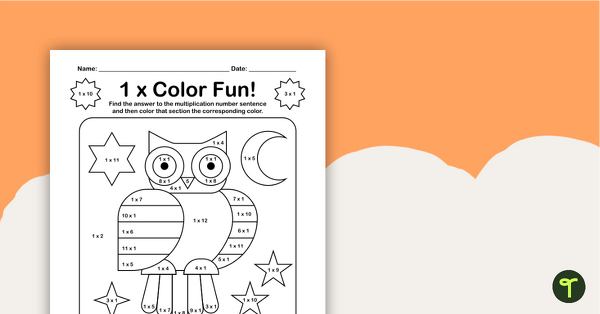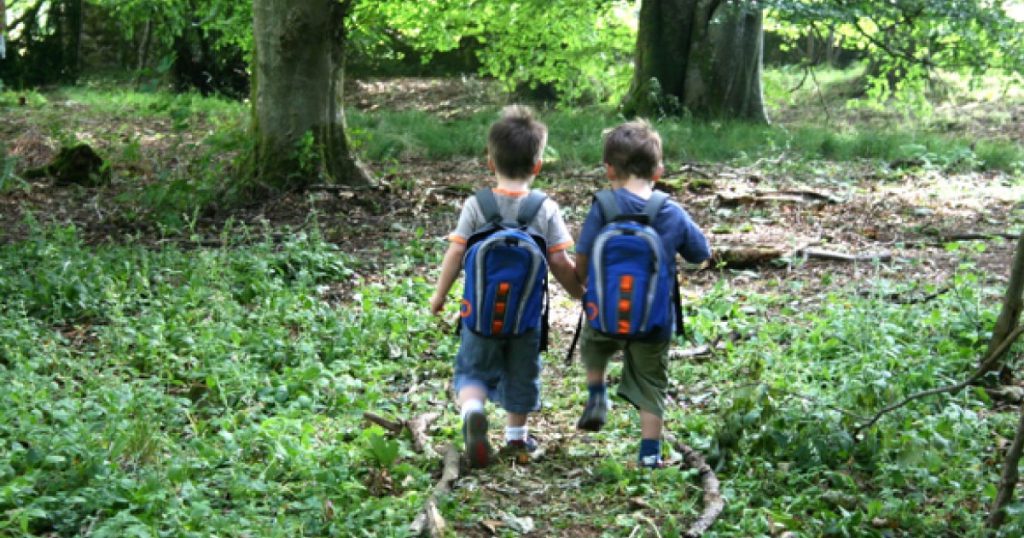Worried your students are going to suffer some serious summer brain drain over break? You’re not alone. The “summer slide” is something educators have been wrestling with for decades, and researchers can’t make heads or tails of exactly who is going to suffer. The impacts of a summer break seem to differ depending on the subject, the grade, a child’s socioeconomic status, and even their race.
How to Prevent Summer Brain Drain
So what do researchers know about summer brain drain? They know there are ways to prevent it … or at least mitigate the effects of a few solid months spent outside the classroom. The number one key is to keep kids engaged in academic activities even when they aren’t attending school.
Easier said than done, huh? Good thing the teachers of Teach Starter have a few tips on how to make sure your little learners don’t lose all the important skills they’ve learned in your classroom! Read on for summer reading and math ideas that we promise are actually fun (no, really!).
Send Them on a Library Scavenger Hunt
Summer is a great time for students to get acquainted with their local library. Not only do libraries typically have a ton of fun summer activities for kids, plus reading challenges that they can get in on, libraries are open to everyone in town — you don’t have to worry about the experience being too expensive for some kids to take part!
Want to make sure the kids have an extra special experience when they hit the library? We do too! That’s why Teach Starter’s teacher staff created library scavenger hunts for both lower grade and upper grade students. They’re free to download, so you can print one for each student in your class or email the link home to their parents!
Create a Summer Reading List
It’s pretty hard to overstate the importance of summer reading for kids. One study estimates that kids who are reading at home during the school break gain as much as a month’s worth of reading proficiency — even without a teacher there to guide them. Pretty impressive, huh?
You can create a suggested reading list for your class — you know them best — or borrow a book list from the American Library Association (they’re free!). But for a nice twist on the traditional summer reading lists, we suggest working with your students to build their own book “wish lists” that they can take to the library during the summer to work their way through.
Students can take a reading preferences survey to help find the books that they’ll enjoy reading the most on their own. Print out the list template, and take your students to the school library for inspiration to fill out their own summer reading list or even have them check out the books in your classroom book nook to find fresh reads they weren’t able to get to during the school year!
Send Home Bookmarks
There’s nothing quite like a shiny new bookmark just begging to be used to make a child crack open a book. We love these free “decoding strategy” bookmarks that help young readers when they encounter new words, or these “turtle-y fun” animal-themed bookmarks you can print out to send home on the last day of school!
Colorful Multiplication
If Phineas and Ferb are to be believed, there are at least 104 days of summer vacation, and kids are looking for a good way to spend them. It’s a good thing there are dozens of coloring activities that will help them practice their multiplication!
Crazy boxes are like the math equivalent of the choose your own adventure books: The 15 pages each let students pick 12 of their very favorite colors and fill in the key at the top of the page. They complete the grid by multiplying the row number by the column number and coloring the box according to their own key.
Add another challenge with Color By Number — with a multiplication twist. The resource pack is packed with 15 different coloring activities to beat back the summer math slide.
Number Facts Board Games

There are only so many rounds of Monopoly or Operation you can play during summer break. Fortunately, there’s another option! Send your math students home with their own Number Facts board game, and they’ll spend rainy days making 10, subtracting, counting back, and more. Or at least you can hope?
For students who have been working on multiplication and division, opt instead for our Cover Up Multiplication game or the Multiply It or Divide It board game may best for keeping kids on track.
Mystery Pictures
No, we’re not talking about those wild pictures from the 90s that revealed themselves if you stared long enough. These hundreds charts are designed for little mathematicians to color the pattern only to reveal a fun picture that was hiding in plain sight! There are 32 versions, including dinosaurs, lions, a box of crayons, and more … all just waiting to be revealed over summer break.
Do you send your students home with fun activities for the summer? Let us know your favorites!
Banner image via shutterstock/New Africa
The post How to Prevent Summer Brain Drain: Resources for Teachers appeared first on Teach Starter.








